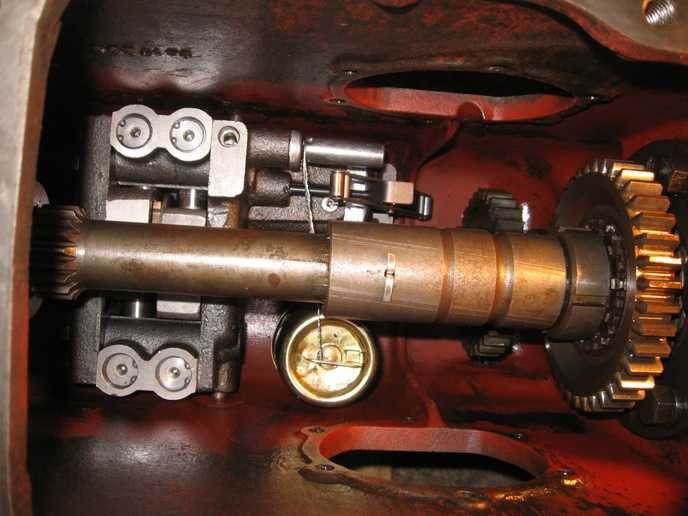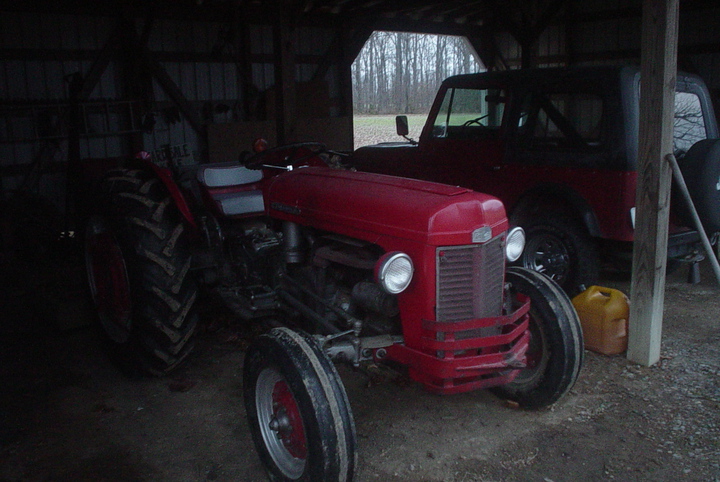(quoted from post at 22:13:00 02/14/14) I think the 58 is a late style, the pump should be
repairable.
It would be easier to buy a rebuilt pump though. I
rebuilt mine, but had trouble with some of the
clearances, would not turn when everything was
tightened up. Having access to a surface grinder I
was able to make adjustments, otherwise I would
have been in a fix!
You may still want to check for leakage from the
cylinder seals and stand pipe before pulling the
pump.
With both inspection covers off, raise the arms,
(preferably with some weight on them), CAREFULLY
look up inside the case with a flashlight,
remember, moving parts inside!
Look for dripping or spraying hydraulic oil coming
down from under the seat area. This is where the
hydraulic cylinder is. There will be a slight drip
of oil, but it should not be flowing.
The pump comes out through the top, no need to
split the case. Getting the top cover off and on
is the hardest part, it's heavy and bulky, 2
people required.
While you're in there, it would be easy to replace
the cylinder seal rings and hone the cylinder
bore. There will be some scratches in the bore,
but unless it's severe, it will be OK. There is
also a rubber boot around the top link, where the
top 3 point attaches. It needs to be in good
condition to keep water out of the transmission.









